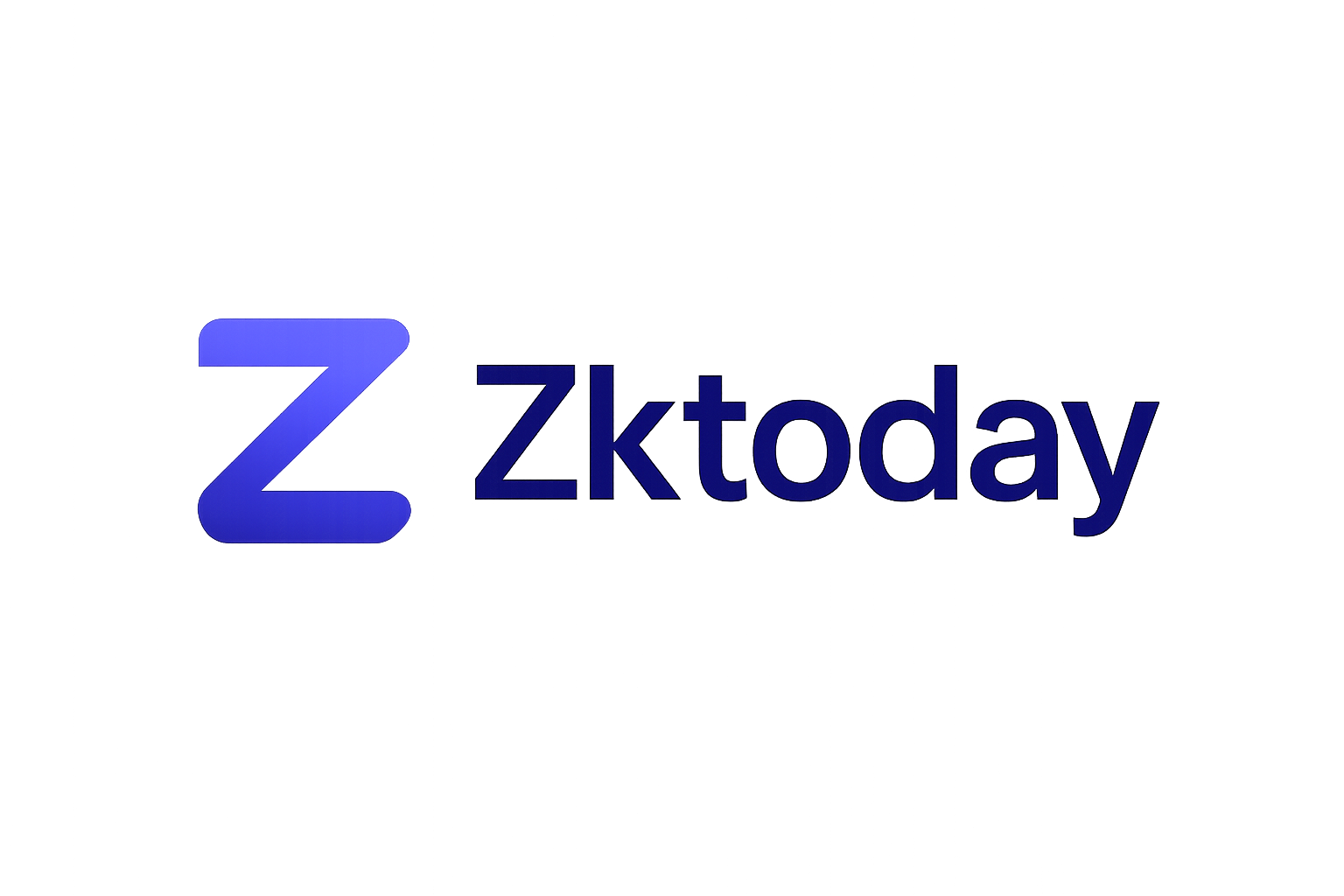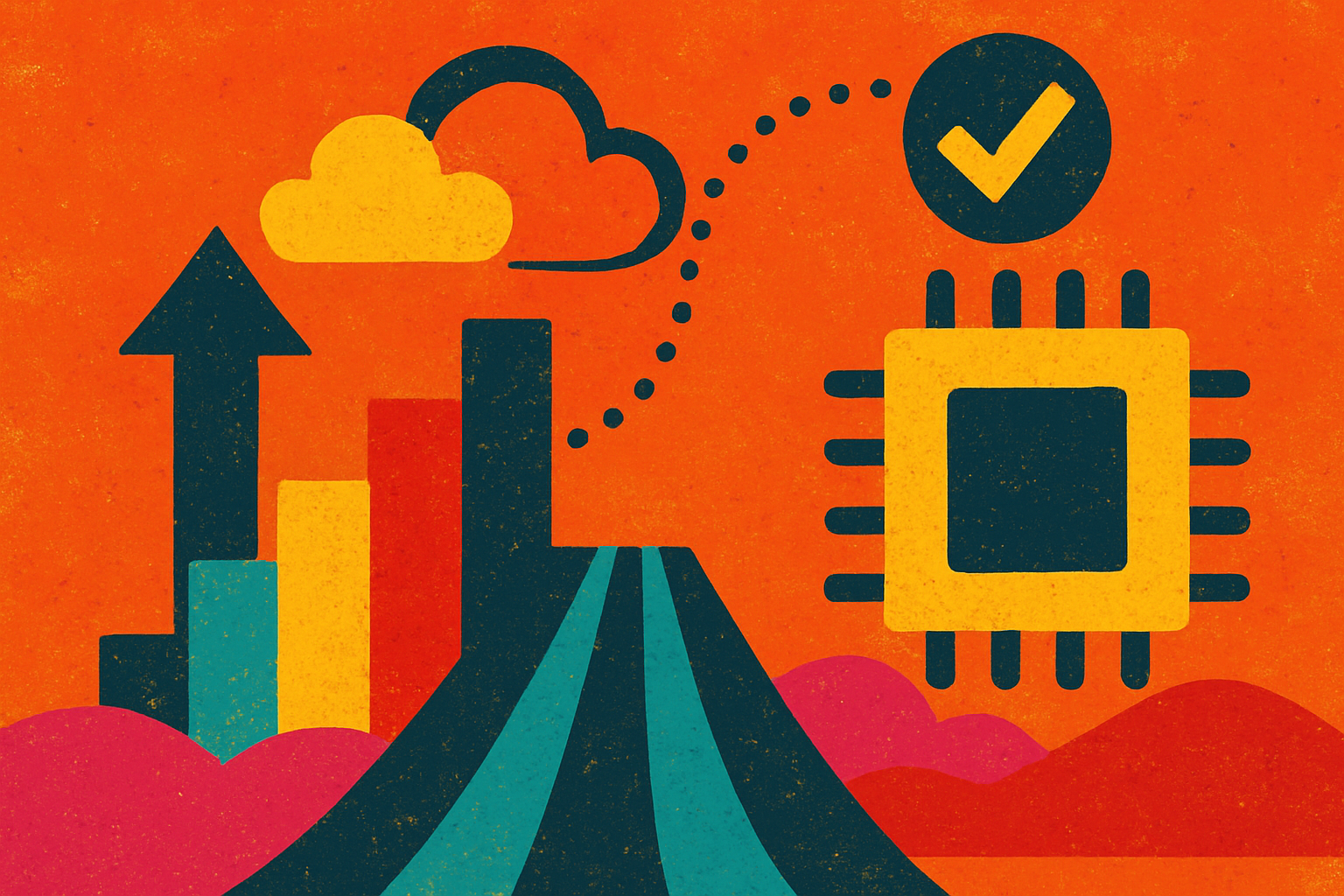
Blockchain networks have long grappled with the verification bottleneck: every transaction must be validated and stored by all nodes, resulting in congestion, high fees, and scalability limits. As decentralized finance (DeFi) and NFT activity surge, this bottleneck becomes a critical threat to blockchain usability. Enter zk rollups: a layer 2 scaling solution that leverages cryptographic proofs to radically streamline verification while preserving trustlessness.

How ZK Rollups Reshape Blockchain Verification
ZK rollups (zero-knowledge rollups) aggregate hundreds or thousands of transactions off-chain, execute them in a separate environment, and generate a concise cryptographic proof, such as a zk-SNARK or zk-STARK, that attests to the batch’s validity. This proof is then submitted to the main chain for verification. The result: instead of re-executing every transaction, the blockchain only needs to verify one succinct proof per batch.
This approach addresses the core bottleneck by:
- Minimizing On-Chain Computation: Only the proof is verified on-chain, not each transaction.
- Compressing Data: Transaction data is aggregated; only essential state changes and validity proofs are posted.
- Ensuring Integrity: Zero-knowledge proofs guarantee that all off-chain computations were performed correctly without revealing private details.
The upshot? Dramatic increases in throughput and reductions in gas fees, without sacrificing decentralization or security. Recent research from StarkWare and arXiv highlights how zk rollups can process thousands of transactions per second while maintaining robust cryptographic guarantees (see detailed analysis).
The Mechanics of Cryptographic Proofs in ZK Rollups
The heart of zk rollup scaling lies in its use of advanced cryptographic tools. After aggregating transactions off-chain, a specialized prover generates a zero-knowledge validity proof that encodes all computation steps. The most common types are zk-SNARKs (Succinct Non-interactive Arguments of Knowledge) and zk-STARKs (Scalable Transparent Arguments of Knowledge), each offering trade-offs in efficiency, transparency, and post-quantum resistance.
The generated proof is incredibly compact, often just a few hundred bytes, regardless of how many transactions it attests to. When this proof is submitted on-chain, any node can verify its correctness with minimal computation. This transforms blockchain validation from an expensive process into an operation that’s both scalable and predictable in cost.
This architecture not only slashes fees but also opens new design space for privacy-preserving smart contracts and composable DeFi protocols. For an in-depth technical dive into how these proofs interact with smart contracts, see our coverage at BitcoinRollups.xyz.
Mainnet Impact: Throughput Gains and Cost Reduction
The adoption of zk rollup technology has already begun reshaping major blockchains’ performance profiles:
- Throughput: By verifying batches instead of single transactions, networks like Ethereum have seen testnet throughput rise from dozens to thousands of TPS (transactions per second) under real-world conditions.
- Cost Reduction: Gas fees for users drop precipitously as data posted on-chain shrinks and computational demands decline, a direct benefit for DeFi users priced out by L1 congestion.
- Sustained Security: Despite moving computation off-chain, validity proofs ensure that no invalid state transitions can sneak onto the main chain without immediate detection.
This combination enables scalable dApps without compromising decentralization, a key reason why many analysts view zk rollups as foundational for next-generation blockchain infrastructure (explore further here).
While the scaling benefits are clear, implementing cryptographic proofs in zk rollups introduces its own set of technical challenges. Generating zero-knowledge proofs, especially for complex smart contract interactions, can be computationally expensive. This has spurred the development of decentralized prover networks and hardware acceleration techniques to minimize latency and cost. Projects like zkVerify are pioneering modular verification layers that further streamline the proof validation process, aiming to make on-chain verification nearly instantaneous even as transaction volumes surge.
Data Availability and Security Trade-offs
Another critical consideration is data availability. While zk rollups post minimal data on-chain to maximize efficiency, they must ensure enough information is available for anyone to reconstruct the state or challenge invalid proofs. Most zk rollup protocols address this by publishing compressed transaction data alongside validity proofs, striking a balance between throughput and verifiability.
This approach preserves the core ethos of blockchain: any participant can independently verify state transitions without needing to trust centralized actors. For a deeper dive into how decentralized proving and data availability solutions are evolving, see our analysis here.
Comparison of zk-SNARKs vs zk-STARKs for Blockchain Scaling
| Feature | zk-SNARKs | zk-STARKs |
|---|---|---|
| Proof Size | Small (efficient for on-chain storage) | Larger than SNARKs, but improving |
| Verification Speed | Very fast | Fast, but generally slower than SNARKs |
| Trusted Setup Required? | Yes (trusted setup ceremony needed) | No (transparent, no trusted setup) |
| Quantum Resistance | Not quantum-resistant | Quantum-resistant |
| Scalability Impact | High (enables large throughput) | High (especially as technology matures) |
| Security Assumptions | Relies on elliptic curve cryptography | Relies on hash functions (stronger security assumptions) |
| Proof Generation Time | Faster for small circuits, can be slower for large circuits | Generally longer, but ongoing improvements |
| Adoption in ZK Rollups | Widely adopted (e.g., zkSync, Loopring) | Gaining adoption (e.g., StarkNet, dYdX) |
| Transparency | Less transparent (trusted setup) | Fully transparent (no trusted setup) |
| Flexibility | Mature tooling and libraries | Rapidly evolving, increasing flexibility |
Future Outlook: ZK Rollups and Blockchain Ecosystem Evolution
Zk rollups are not just a stopgap for today’s congestion; they represent a paradigm shift in how blockchains can scale securely. As research accelerates around more efficient proof systems (like recursive SNARKs) and universal verifiers, we expect:
- Further throughput gains as batch sizes increase and proof generation becomes more parallelized.
- Lower costs due to optimized circuits and modular verification layers.
- New privacy primitives, enabling confidential DeFi applications without compromising auditability.
- Cross-chain compatibility, allowing succinct proofs to bridge assets and logic across multiple blockchains.
The net effect: blockchains will be able to support mainstream-scale dApps, high-frequency trading protocols, and complex financial instruments without reverting to centralized infrastructure or sacrificing security guarantees.
The move toward succinct proof-based verification is already catalyzing new developer tooling, standards for cross-rollup interoperability, and community-driven governance models. As adoption grows, expect more sophisticated use cases in gaming, identity management, and permissionless financial markets, all underpinned by the cryptographic rigor of zero-knowledge technology.
For those looking to capitalize on these trends or build atop scalable infrastructure today, understanding the nuances of cryptographic proofs in zk rollups is essential. The future of blockchain scalability will be written not just in code but in mathematical certainty, where every transaction is provably correct yet infinitely scalable.



